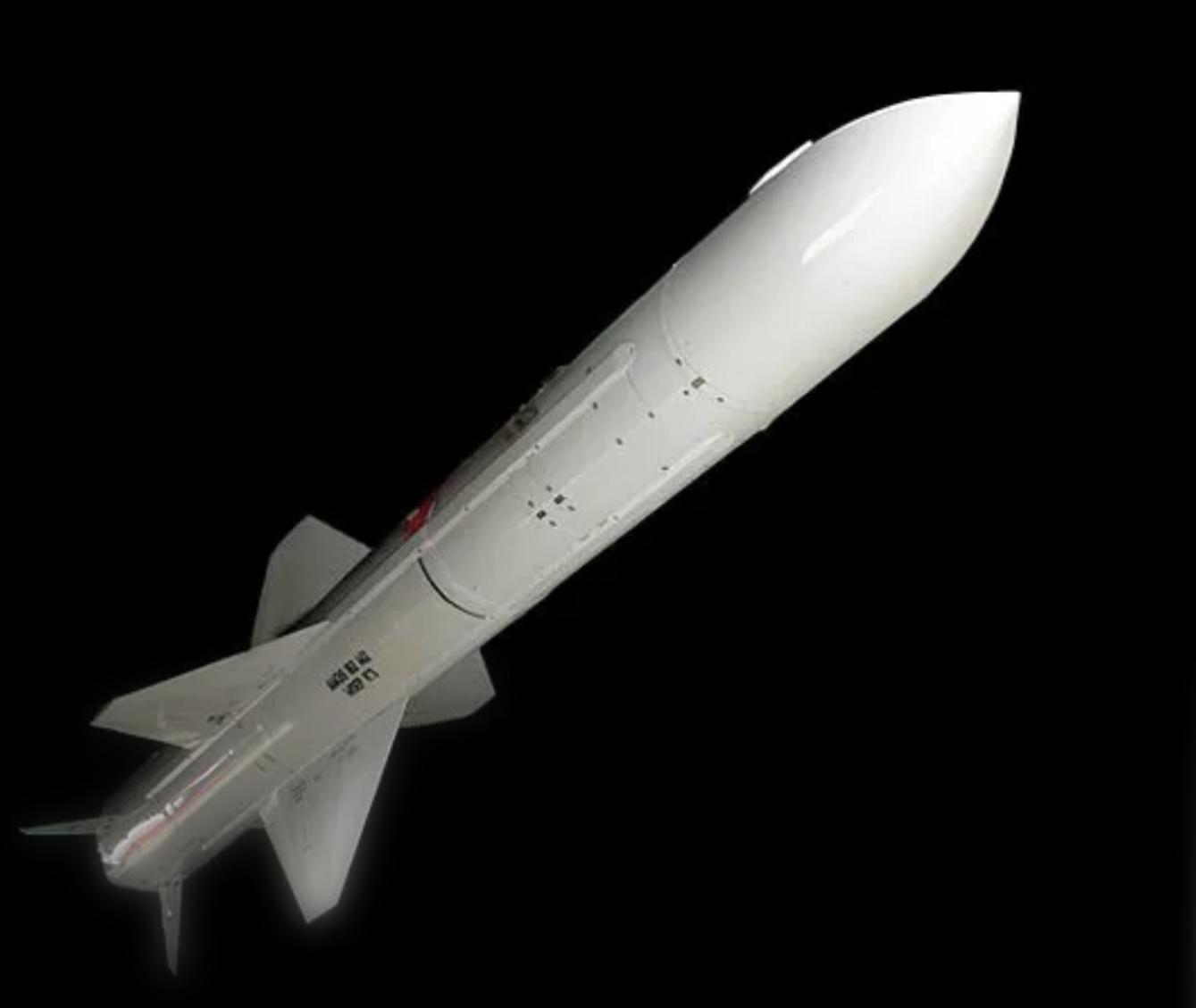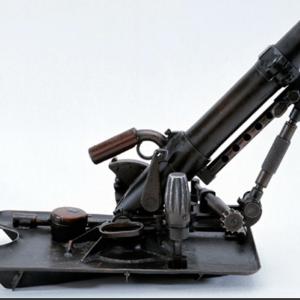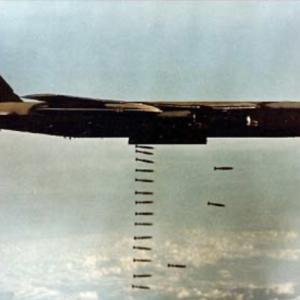
Exocet missile
The Exocet is a French-developed anti-ship missile that has become one of the most recognisable and widely used missiles in naval warfare. Its name is taken from the French word for flying fish, reflecting its characteristic flight profile that hugs the surface of the sea to avoid radar detection. First introduced in the 1970s, the Exocet has served with numerous countries and seen combat in several major conflicts, solidifying its reputation as a formidable weapon.
Development of the Exocet began in the late 1960s by Aérospatiale, a French aerospace company that later became part of the multinational missile group MBDA. At the time, the French Navy required a compact missile capable of striking surface ships from various launch platforms, including ships, submarines, and aircraft. The resulting design was a relatively lightweight and portable missile with a powerful high-explosive warhead and an advanced guidance system for its era.
The missile’s first version, the MM38, was a ship-launched variant that entered service in 1975. This was soon followed by the AM39, which could be launched from aircraft, including fighter jets and helicopters. The submarine-launched SM39 came next, developed to be fired from underwater through torpedo tubes. The MM40 variant was introduced later as a modernised, long-range, surface-launched missile. These variants gave the Exocet unmatched flexibility in deployment options and allowed for consistent modernisation to meet evolving threats.
One of the most notable design features of the Exocet is its sea-skimming capability. It flies at an extremely low altitude, often just a few meters above the surface of the ocean, making it hard to detect by radar and difficult to intercept. In its terminal phase, the missile uses an active radar homing system to guide itself to the target. This makes it especially lethal when used in saturation attacks, where multiple missiles are launched to overwhelm a ship’s defenses.
The warhead carried by the Exocet weighs approximately 165 kilograms and is designed to cause maximum damage to a ship's hull and internal systems. While the missile travels at subsonic speeds, typically around Mach 0.9, its stealth and precision make it highly effective. The propulsion system includes a solid-fuel booster and a sustainer motor, giving the missile sufficient range for both short- and medium-range engagements depending on the version.
Production of the Exocet was initially handled by Aérospatiale, but following industry consolidation in the early 2000s, responsibility shifted to MBDA, a European defense consortium. MBDA continues to manufacture, upgrade, and support Exocet missiles for international customers. The company has introduced several blocks or sub-variants under the MM40 designation, with improved range, better navigation and targeting systems, and resistance to electronic countermeasures.
The MM40 Block 2 offered incremental improvements over earlier versions, while the MM40 Block 3 introduced significant upgrades such as GPS-assisted guidance and a range exceeding 180 kilometers. These enhancements allow for over-the-horizon targeting, making the missile effective even when the launch platform cannot maintain visual or radar contact with the target. The Block 3c, an even newer iteration, incorporates improved resistance to jamming and updated software to target moving ships more accurately.
The Exocet has seen successful combat use on multiple occasions. One of its most well-known applications was during the Falklands War in 1982 between the United Kingdom and Argentina. The Argentine Navy used French-supplied AM39 Ex










